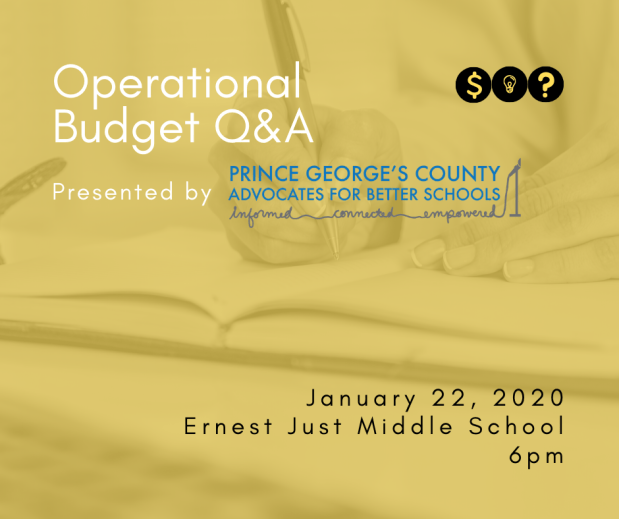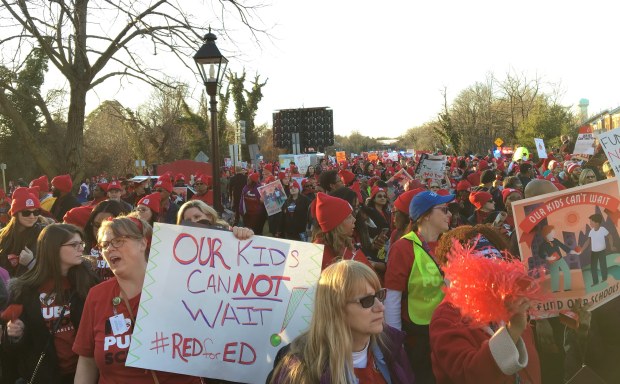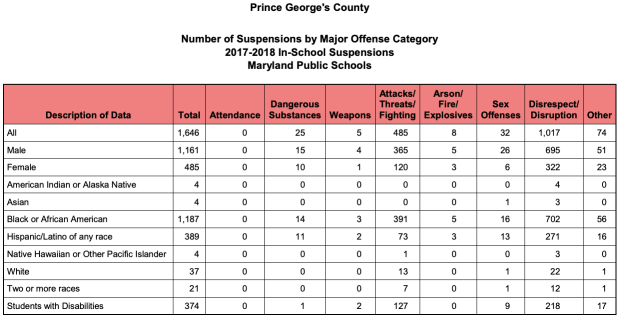
by Lori Morrow
How many PGCPS buses did you see during your morning commute today? According to Prince George’s County Public Schools administration, there are over 1,000 PGCPS drivers handling 5,000 bus routes to transport upwards of 85,000 students to and from school every day. This makes PGCPS the tenth largest school transportation system in the country.
Unfortunately a large system combined with a nationwide shortage of qualified drivers with a Commercial Driver’s License (CDL) has led to headaches for students, parents, PGCPS staff, and elected officials across Prince George’s County. It is a frequent topic for social media posts, emails, and Board of Education testimony. On February 6th, a parent testified about buses being so crowded that students resort to sitting in the aisle. Despite years of monthly hiring fairs, the shortage persists. Student enrollment has rebounded over the past decade and continues to grow. Four thousand new students enrolled in PGCPS since the September 30, 2019 report by Pupil Accounting. The growth in specialty program offerings also means more students are being transported beyond their neighborhood school.
On February 5th, the PGCPS Administration presented a briefing on Transportation to the Education and Workforce Development Committee of the Prince George’s County Council. Chief Operating Officer Barry Stanton, Associate Superintendent for Support Services Mark Fossett, and Director of Transportation Rudy Saunders provided the committee with an update on the current status of the PGCPS Transportation system, including current challenges and how the school system is working to overcome them.
Persistent vacancies and absences in PGCPS Transportation create a unique challenge. When a teacher is absent, there is a pool of substitutes or other school staff that can fill in. When someone on the executive team is absent, the work may wait for a day or two. Students who need to get to school, however, cannot be set aside. PGCPS does not have a pool of substitute bus drivers. Lot foremen with CDLs can fill in but that leaves offices unattended. Other bus drivers pick up the extra routes, but they do not have the ability to be in multiple places at the same time. As a result, students are late and missing out on instruction every day.
In tackling this ongoing issue, PGCPS Chief Executive Officer Dr. Monica Goldson established a Transportation Task Force this past fall. Composed of staff and parents, the Task Force has met three times so far and is set to finish their work in March of 2020. They expect to provide Dr. Goldson with preliminary proposals by the end of February.







